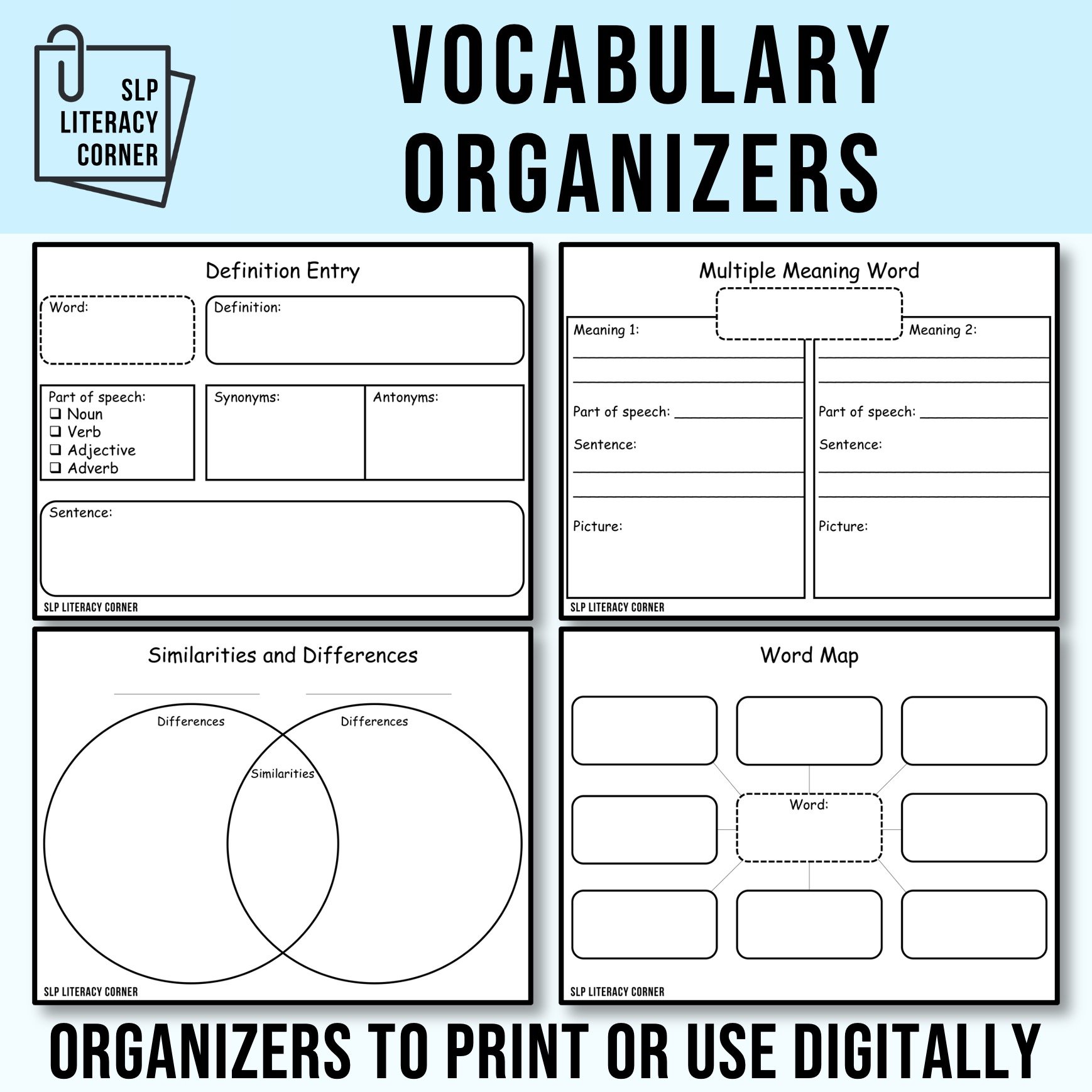Websites for Literacy - Zoo Live Cameras
Written by: Brianna Guild, MHSc SLP(C)
Date: October 20, 2023
Have you tried going on virtual field trips with your students? Many zoos, such as the San Diego Zoo, have live cameras on their website so that you can watch the animals. I like to go on virtual field trips with my students to get them engaged in a variety of literacy activities.
1. Phonological Awareness
- Segmenting skills: Segment animal names into syllables or phonemes (sounds). For example, segment the word tiger into syllables, ti - ger, or phonemes, /t/ /i/ /g/ /er/. Segmentation is a key skill for spelling!
- Blending skills: This can be played as a “secret animal” game where you give a student syllables phonemes and they blend them together to determine the “secret animal”! For example, the syllables el - e - phant are blended into the word elephant.
2. Phonics
- Spelling rules & syllable types: As you explore and discuss different animals, have students generate words with the spelling rule (e.g., tch - hatch, watch) or syllable type (e.g., silent e - snake, home) they are learning or reviewing. Extend the activity by having them spell these words and/or write a sentence for each word!
- Syllable division: divide animal names into syllables, sound out each syllable, and then blend the syllables together to read the name. This is great practice for reading multisyllabic words! After dividing animal names into syllables, determine each syllable type. There are 6 syllable types in English (closed, open, silent e, r-controlled, vowel team, stable final). For example, in the word tiger, the first syllable ti is an open syllable, and the second syllable ger is an r-controlled syllable.
3. Vocabulary
- Building vocabulary: Students are sure to come across new words as they explore and learn about different animals (e.g., herbivore, habitat). Help them build their vocabulary by creating a definition entry for new words, completing compare and contrast Venn diagrams for different animals, or filling out word/concept maps. Grab some vocabulary organizers here.
- Vocabulary word sorts: After learning about different animals, give students a set of words that have something in common, and ask them to sort the words by their common feature (e.g., words related to carnivores versus words related to herbivores).
4. Writing
- Informative paragraph writing: Get students inspired to write informative paragraphs about their favourite animal! Help them conduct research by observing the animal on a live camera, and then using a website, such as DK Find Out, to research additional information.
- Comparative paragraph writing: Observe two animals and compare and contract their behaviours. Support students with taking notes, conducting additional research as necessary, and then writing a comparative paragraph.
Live cameras to explore
Zoos
Aquariums
Join the SLP Literacy Corner email newsletter to get access to exclusive free resources, such as handouts with activity ideas for your literacy lessons. Sign up here!








